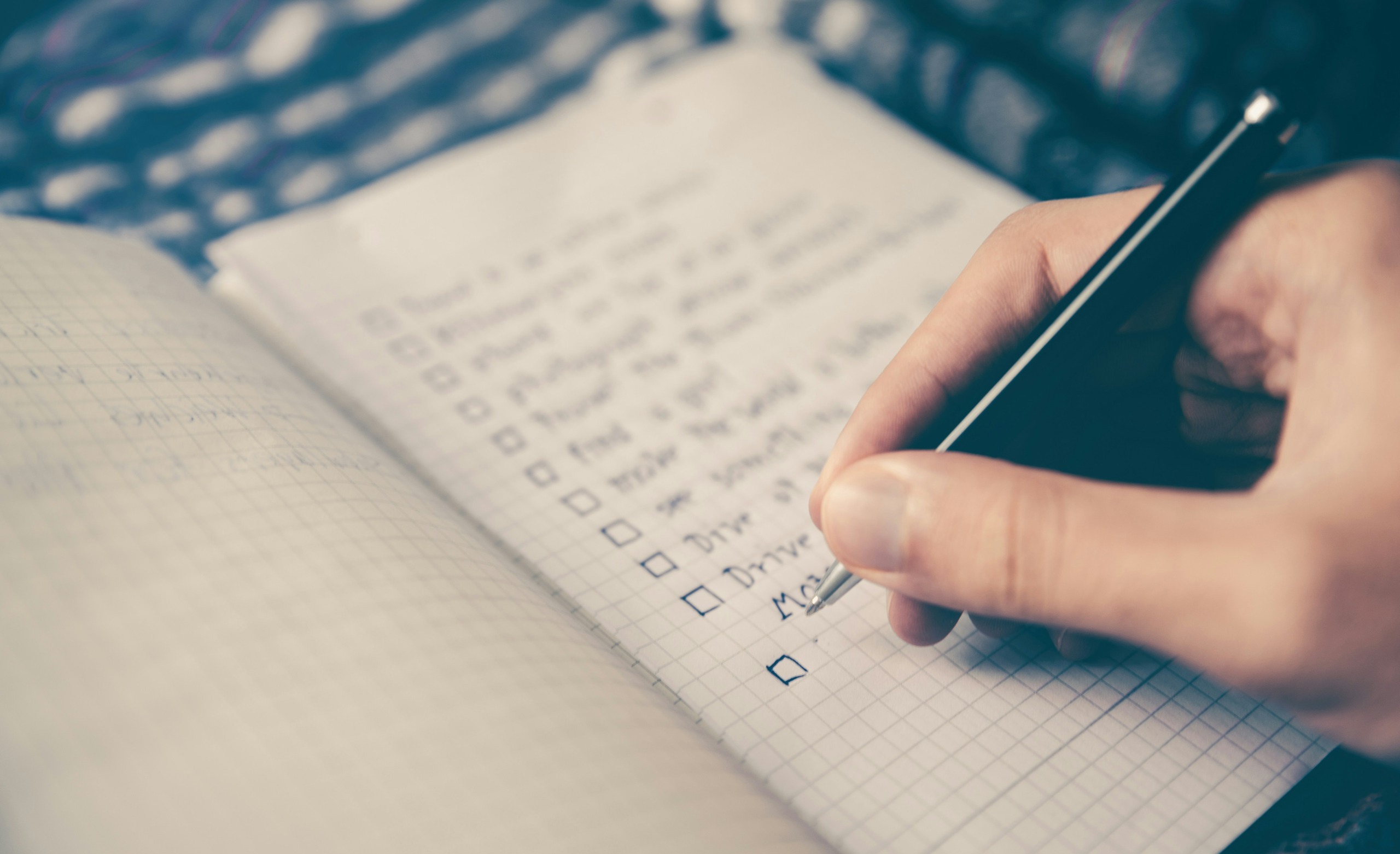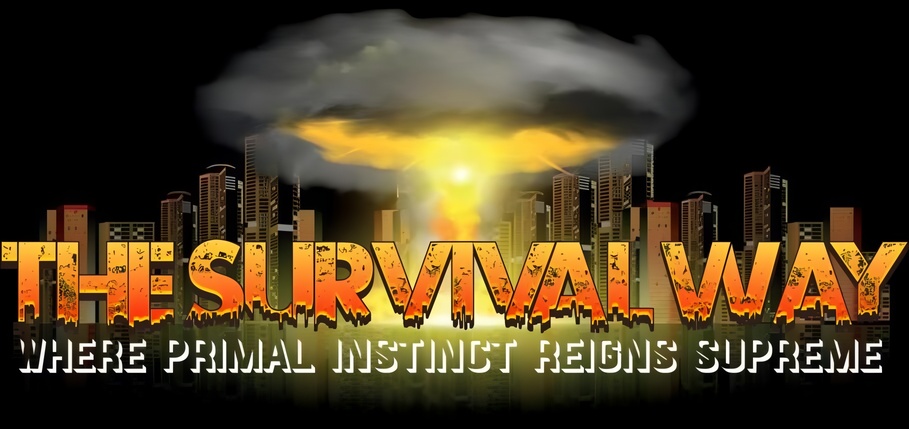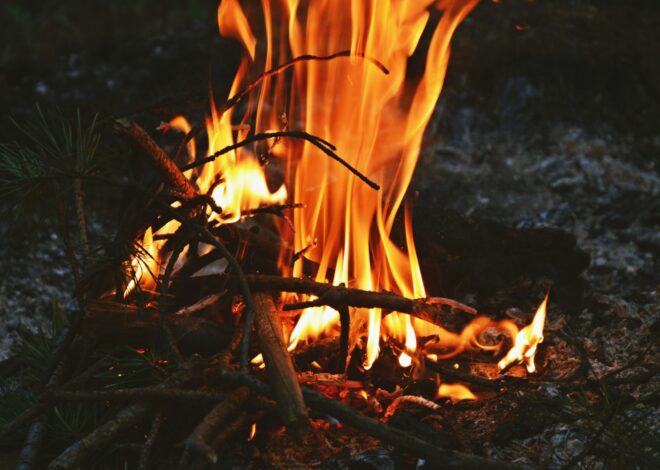
How To Develop A Survival Plan
Welcome to our guide on how to develop a survival plan. When disaster strikes, being prepared can make all the difference. Whether it’s a natural calamity, a personal emergency, or even an unexpected situation like getting lost in the wilderness, having a survival plan is essential.
But what does it mean to develop such a plan? Many people think of survival as just knowing how to light a fire or find food in the wild. However, effective survival planning encompasses much more than basic skills—it’s about anticipating risks and creating strategies tailored to your unique circumstances.
In this guide, we’ll explore how to develop a comprehensive survival plan that covers everything from assessing personal risks and needs to establishing safe meeting places. You’ll discover practical steps you can take today to ensure you’re ready for whatever life throws at you. So let’s get started on this journey toward preparedness!
Understanding Basic Survival Skills
Understanding basic survival skills is essential for anyone looking to navigate unforeseen challenges. These skills can mean the difference between panic and calm in a crisis. Start with shelter-building. Knowing how to create a safe space from the elements protects you from exposure, which can be life-threatening over time.
Next, master fire-starting techniques. Fire provides warmth, light, and a means to cook food or purify water—crucial elements for survival. Water procurement is another vital skill. Learn how to find clean drinking sources or purify water using various methods like boiling or filtration.
First aid knowledge cannot be overlooked either. Minor injuries can escalate without proper care, so being equipped with basic medical skills keeps you prepared for accidents. Navigation skills are indispensable when lost in unfamiliar territory. Familiarize yourself with maps and compasses; technology might fail when you need it most.
Assessing Personal Risks and Needs
Assessing personal risks and needs is a crucial step in developing your survival plan. Start by evaluating the specific threats you may face in your area. Are natural disasters like floods or wildfires common? Consider the potential for civil unrest as well.
Next, take stock of your family’s unique circumstances. Do you have young children, elderly members, or pets that require special attention? Each group has different needs during an emergency. Health considerations also play a vital role.
If anyone in your household has medical conditions requiring medication or equipment, factor this into your planning. Consider your skills and resources. What are you already proficient at? Identifying gaps can help bolster confidence when facing emergencies and guide what additional training might be needed moving forward.
Creating a Survival Checklist and Supplies List
Creating a survival checklist is essential for effective preparation. Begin by identifying the core items you need in an emergency. This includes food, water, shelter materials, and first aid supplies. Consider adding personal hygiene products and important documents to your list.
Think about specific needs based on your family members or pets. Once you have a basic inventory, categorize these items into groups. You could separate essentials from comfort items that can make stressful situations more bearable. Regularly reviewing and updating your checklist ensures you’re always prepared.
As seasons change or new threats emerge, adjust your supplies accordingly. Remember to include tools like flashlights and multipurpose knives; they are invaluable in dire situations. A well-thought-out supply list boosts confidence when facing the unexpected.
Creating an Emergency Kit
An emergency kit is a cornerstone of any survival plan. It’s your first line of defense against unexpected situations. Start with the basics: water and non-perishable food. Aim for at least one gallon of water per person per day, enough to last for three days.
Pack high-energy snacks like granola bars and dried fruits. Next, incorporate essential medical supplies. A well-stocked first aid kit should include bandages, antiseptic wipes, pain relievers, and any personal medications you may need. Don’t forget tools that can make a difference in critical moments.
A multi-tool or knife can serve many functions while a flashlight will help when darkness falls unexpectedly. Consider adding comfort items—blankets or sleeping bags provide warmth when needed most. Keeping everything organized in a sturdy backpack ensures you can grab it quickly if disaster strikes.
Developing a Communication Plan
A solid communication plan is vital in any survival situation. It ensures everyone knows how to reach each other when chaos reigns. Start by identifying key contacts—family, friends, and neighbors. Establish a primary point of contact for your group. This person will relay crucial information and updates.
Consider using text messages or social media platforms for quick communication, as phone lines may be down during emergencies. Set specific meeting times and check-in intervals. Regular updates can help ease anxiety and keep everyone informed about the situation’s status.
Don’t forget alternative methods of communication too! Walkie-talkies or two-way radios can work wonders if cell networks fail. Make sure everyone understands how to use these devices before an emergency arises. Practice your plan regularly. Familiarity breeds confidence when pressure mounts, ensuring that communication flows smoothly under stress.
Developing an Evacuation Plan
Creating an effective evacuation plan is crucial for ensuring safety during emergencies. Start by identifying the best routes out of your home and neighborhood. Consider multiple paths in case one becomes impassable. Next, familiarize everyone in your household with these routes.
Practice them regularly to build confidence and ensure swift action when necessary. Include transportation options as part of your plan. Whether it’s a vehicle or public transport, know how you’ll get to safety efficiently. Designate a specific meeting point outside your immediate area where family members can regroup if separated.
This location should be easily accessible and familiar to all. Keep important documents ready for quick access during an evacuation. Having essentials like identification and medical records on hand will save valuable time, letting you focus on what truly matters—your safety.
Establishing a Safe Meeting Place
When disaster strikes, knowing where to meet can be crucial. Establishing a safe meeting place ensures everyone knows where to go when communication breaks down. Choose a location that’s easily accessible for all family members. This could be in your neighborhood or at a nearby landmark.
It should be familiar and recognizable, reducing confusion in stressful situations. Consider the safety of the area too. Pick somewhere away from potential hazards like flood zones or unstable structures. Make sure you discuss this plan regularly with your family. Everyone needs to remember the meeting spot and understand why it’s important.
Regularly reassess your chosen location as circumstances change over time—new roads, construction, or natural events might affect accessibility. Adapt accordingly so your plan remains practical and effective whenever it is needed most.
Identifying Escape Routes and Shelters
When developing a survival plan, identifying escape routes is crucial. Visualize your surroundings and pinpoint multiple paths to safety. Think about natural landmarks or familiar streets that can guide you in an emergency. Consider potential obstacles along these routes.
Are there areas prone to flooding or heavy traffic? Anticipating these challenges will help you choose the best path when time is of the essence. Equally important are shelters. Know where local public buildings, parks, or community centers are located. These spaces can provide refuge during disasters.
Evaluate your home for safe zones too. A basement may be ideal for severe weather, while a sturdy room can offer protection from intruders. Regularly review and familiarize yourself with these escape routes and shelters so they become second nature when needed most. Trusting your instincts is key in high-stress situations; preparation makes it easier to act swiftly and confidently.
Practicing and Updating Your Plan
Practicing your survival plan is crucial. It transforms theoretical knowledge into practical skills. Regular drills ensure everyone knows their roles and responsibilities. Schedule practice sessions at least once a year. You can simulate various scenarios, whether it’s a natural disaster or an unexpected emergency.
This repetition builds confidence in your ability to respond effectively when the time comes. Updating your plan is equally important. Situations change; new risks may emerge while others become less relevant. Review and revise your strategy annually or whenever significant life changes occur, such as moving homes or welcoming new family members.
Involve everyone in these updates for collective awareness and readiness. Each person brings unique insights that could enhance the overall effectiveness of the plan. Documentation should be clear and accessible so all team members can refer to it anytime they need guidance during an emergency situation.
The Importance of Mental Preparedness
Mental preparedness is a vital component of any survival plan. It’s not just about having the right gear; it’s also about cultivating a resilient mindset. When faced with unexpected challenges, your mental state will influence your decisions. A calm and focused mind can think clearly under pressure, leading to better outcomes.
Practicing visualization techniques can enhance this readiness. Imagine various scenarios and how you would respond. This exercise conditions your brain for real-life situations, easing panic when they occur. Additionally, stress management skills are crucial.
Techniques like deep breathing or meditation help maintain composure during crises. The more adaptable you are emotionally, the better equipped you’ll be to handle adversity. Fostering a positive outlook enhances problem-solving abilities. Believing in your capacity to overcome obstacles empowers you to take decisive actions when it counts most.
Conclusion: Being Prepared for Anything
Being prepared for anything means taking proactive steps to ensure the safety and well-being of yourself and your loved ones. A well-thought-out survival plan can provide peace of mind in uncertain times. It allows you to respond effectively to emergencies, whether they’re natural disasters or other crises.
Creating a survival plan is not just about having supplies on hand; it’s also about understanding the risks specific to your location and situation. Regularly practicing your plan strengthens your skills, while mental preparedness ensures that you’re ready to face challenges calmly.
Embracing this mindset will empower you to navigate unexpected events with confidence. Remember, preparation is an ongoing process—stay informed, adaptable, and ready for whatever life throws at you.



